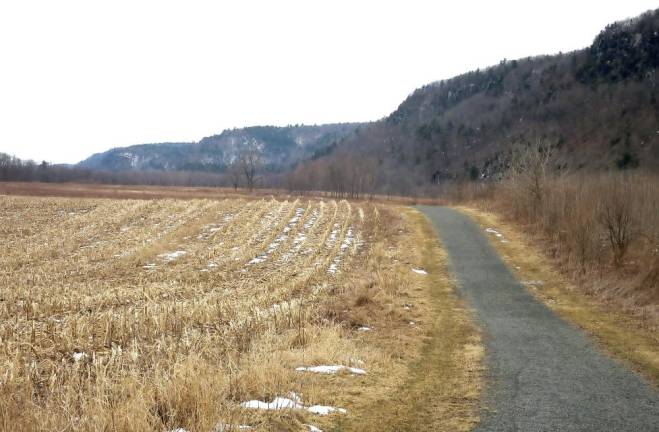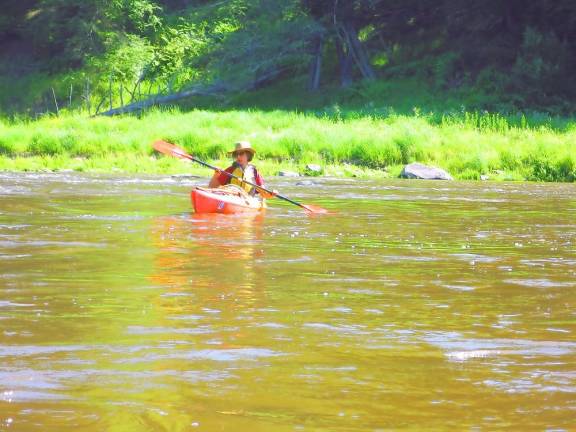Park service drops entry fee proposal in response to public pushback
Milford. Here are the highlights of the National Park Service’s Visitor Use Management Plan, released Tuesday, for the Delaware Water Gap National Recreation Area and Middle Delaware National Scenic and Recreational River.


The National Park Service will not be charging a parkwide entrance fee for use of the Delaware Water Gap National Recreation Area and Middle Delaware National Scenic and Recreational River.
In releasing its final Visitor Use Management Plan on Tuesday, the park service said it has abandoned its entry fee proposal in response to public feedback. The park service will continue with its expanded fees to certain amenity sites, and may add more such sites in the future, but not without once again seeking public input.
The park service says its newly revised plan does what it had set out to do: protect the park’s resources while also increasing public access to “high-quality recreational experiences.” It is the culmination of a five-year collaboration by neighboring town governments, chambers of commerce, industry partners, communities, stakeholders, NPS staff, and the public, according to the park service. The plan is available at nps.gov/dewa/getinvolved/planning.htm.
Some parts of the plan are already being piloted, including the mobile or pop-up visitor center approach, which brings park staff out of the visitor centers and into the park where they can reach more people; the closure of unofficial visitor-created trails at Raymondskill Falls to limit crowds; and new traffic patterns to increase parking capacity at Kittatinny Point on busy weekends. The park is also looking into a permit program for hunters with disabilities, including providing access to administrative roads and accessible hunting blinds.
Other highlights:
● Trails: Improvements will link trail networks, improve accessibility, and “diversify trail experiences,” while also protecting park resources. The park service will explore partnerships and cost-sharing with regard to equestrian and biking trails.
● Picnicking: More picnic areas will be implemented throughout the park to meet demand, including areas that can accommodate large groups. Hidden Lake is among the areas being considered. Other expansions and improvements could affect beaches.
● Accessibility: Several projects aim to improve accessibility to facilities and programs like Loch Lomond and Hidden Lake fishing piers and trails; canoe/kayak access points with launch aids; improved online and virtual services; audio descriptions on waysides at Childs Park and Dingmans Falls; ramp access to key public buildings; trail improvements; and a permit system for hunting access.
● River camping: The park service will charge a $16 per site, per night, for river campsites and establish a reservation system. Implementation will be phased in beginning in 2021. The park will pilot alternative waste management systems at two river campsites and restore up to 20 river campsites in clustered groupings using creative solutions for human waste management, improved accessibility for people with disabilities, and ease of access. Leave No Trace principles and water safety will be promoted through education.
● New Jersey river access: The park service will seek funding for a study to determine the feasibility of developing a new river access on the New Jersey side of the river and the expansion of existing sites.
“This plan has been heavily influenced by input from the park community and has changed based on their thoughts, concerns, and ideas,” said park Superintendent Sula Jacobs. “The park will use this plan as a guide in future decision-making, relying on the science, data, and the strong community voice reflected in it to ensure this park remains an important haven. We hope the public will trust that we are listening, that all their voices and ideas are important to us, and that they will continue to be engaged in dialog with us about their national park.”
The planning team received 830 pieces correspondence during the public comment period from Oct. 1 to Dec. 1, 2019. A summary of comments of high importance to the public, and the park service’s responses to those comments, is available at parkplanning.nps.gov/documentsList.cfm?projectID=55912.